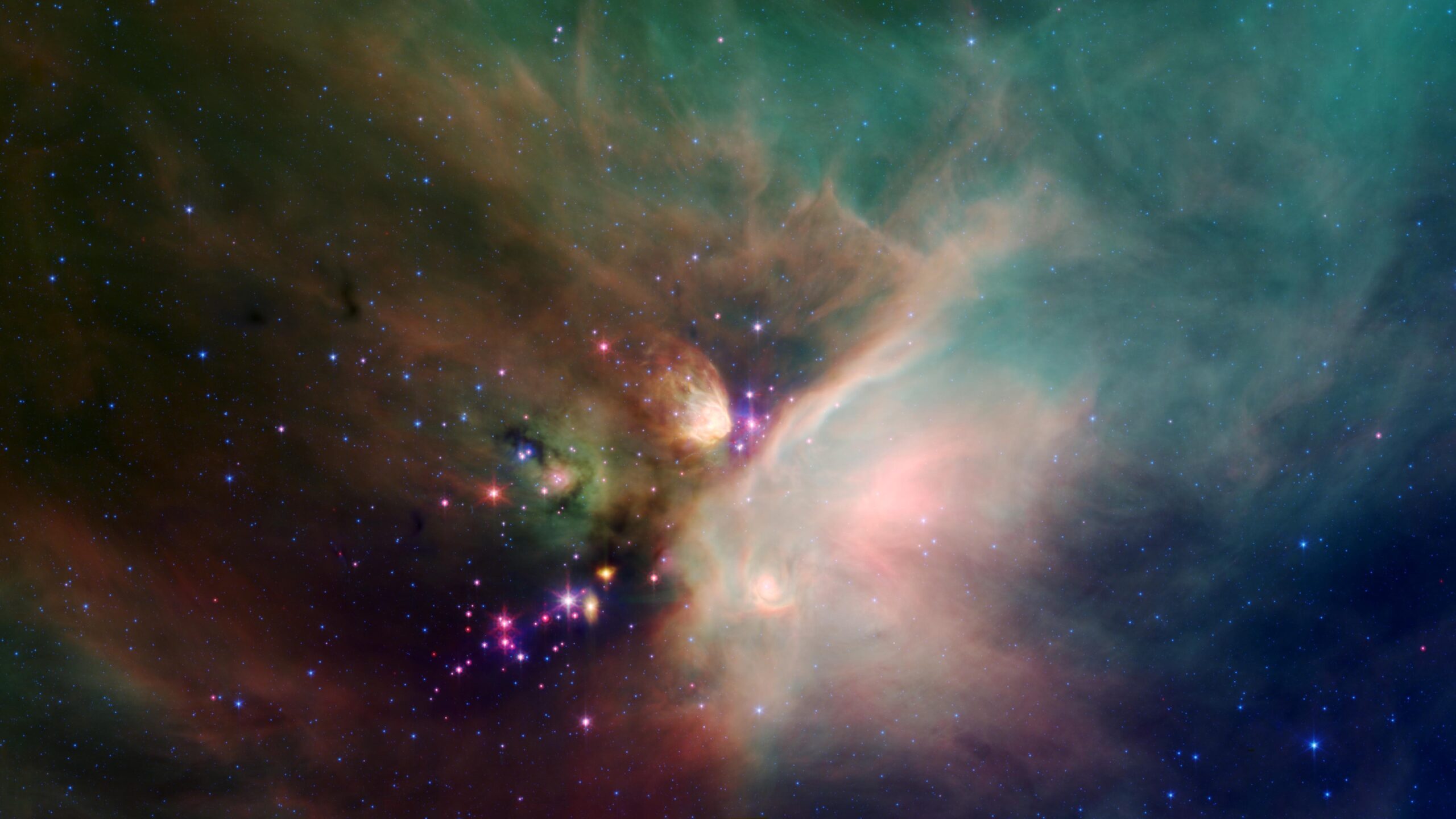We are made of stardust. It’s a cliché and a miracle. The elements in your body formed in the furnaces of ancient stars and after you die, they will appear in distant oceans and eroding cliff faces.
There is power in deeply considering these concepts, writes Dr. Alan Townsend, author of the moving new memoir This Ordinary Stardust: A Scientist’s Path from Grief to Wonder, which interweaves his scientific and emotional journeys in the wake of his wife, Diana, and four-year-old daughter, Neva, being diagnosed with brain cancer. Townsend, rigorous scientist that he is, puts the odds of such a scenario at less than three in 100 billion.
“In your lifetime, you might contain some part of every human ever,” he writes, and he should know. Townsend is the dean of the University of Montana’s W.A. Franke College of Forestry and Conservation, and a biogeochemist, an expert on how elements such as carbon and nitrogen move through and affect the Earth’s air, soil, water, and life forms. His line can provide solace. There is no disappearing from this world. The stardust in your body will live on in desert sand, rainforest canopies, and the bodies of human beings.
But scientific knowledge is not a panacea, the book argues. A comforting fact won’t protect you from despair. Instead, it’s science as a way of being in the world–curious, awe-filled, humble–that will give you strength in the darkest hours of your life.
After she and her daughter are diagnosed, Diana devotes herself to research. She commits to learning everything she can about her brain tumors, a pair of glioblastomas, and the craniopharyngioma in Neva. Somehow, despite the emotional tumult and medical treatments, she finds time to prepare for a trip she hopes to take to Antarctica to study bacteria.
Curiosity is Diana’s “super power,” Townsend writes, allowing her to approach one of the most stressful situations imaginable with calm and focus. Neuroanatomist Jill Bolte Taylor, briefly mentioned by the author, shows a similar ability. She partly attributes recovering from a stroke to her strong curiosity. At 37, she discovers she can’t use the left side of her body, and thinks to herself, “This is so cool! How many brain scientists have the opportunity to study their own brain from the inside out?”
[Related: What really happens during a near-death experience]
What makes the trait so effective is that it’s not contingent on results. Townsend says curiosity “trains the brain to respond to simply seeking answers,” whether or not you find them, “and those who do this regularly are less reactive to stress.” With Diana’s curiosity comes an “unrelenting joy at the very complexity and uncertainty” of science. “Hardly a day would pass when a new question wouldn’t pop up, but she didn’t care that many of them might be unanswerable, at least anytime soon. If ever. She just loved to think about it all and pick away at the mysteries.”
It’s the digging that makes a difference, exploring nuances and complicated truths, as opposed to clicking on the first thing that comes up on Google and calling it a day. We live in a culture that wants easy answers and predictability, two things that, in Diana’s shoes, I would crave desperately.
But that’s not what science gives us. Isaac Newton’s physics paved the way for Albert Einstein’s theory of relativity, leading to even more complicated questions in quantum physics that are now sparking a barrage of questions that will ultimately lead us … where? Unanswerable questions, perhaps, or theories that rewrite everything we previously thought about physics. The quest for scientific knowledge doesn’t result in a definitive set of answers. It reveals how much more we have to learn.
Fortunately, that means our curiosity can be inexhaustible, an everlasting source of strength in the direst of circumstances. As inspired as I was by Diana’s story, I wondered how people might use the lessons of her life to improve their own. After all, many people, myself included, are curious, but not that curious. I expressed the idea to Townsend, who was kind enough to chat on the phone with me. Yes, he says, there are people who might be innately more curious than others. But it’s a trait that can be “strengthened and deepened” by regular practice, “just like running or going to the gym.” Or, perhaps, attending service.
In his book, Townsend quotes Carl Sagan: “Science is not only compatible with spirituality; it is a profound source of spirituality.” Scientific curiosity can be nourishing. But like spiritual faith, it requires some basic knowledge. “Most people who practice a faith tradition, they’re reading and learning about that tradition,” Townsend says. “They’re putting in the work to … have context for their faith and spirituality.”
If you were raised Catholic like me, you didn’t need to speak Latin or study theology to get something out of church. It helped, however, to have read some of the Bible or know why Christians take communion. The same is true for science. You don’t need a Ph.D. in neuroscience to appreciate the wonders of the brain. However, it wouldn’t hurt to have some basic understanding of biology and the scientific method.
In the best of times, embracing curiosity, complexity, and uncertainty can be invigorating. Facing death, it can be a life preserver.
“There is no greater solace and joy than that which comes by being generous,” he writes, “by being endlessly curious, and by never being afraid to fail.”

